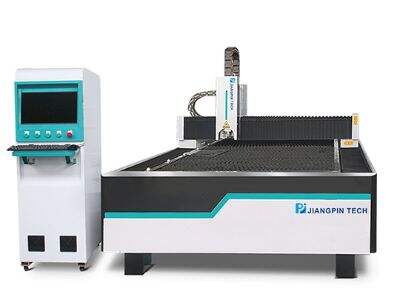How Laser Rust Removal Works
To comprehend how laser cleaning works, however, we must first learn a bit about lasers. Lasers are unique devices that release photons, which are high-energy particles of light. This enables the photons to form a highly collimated and sharp beam of light. This narrow beam can deliver lots of energy to a small spot, which is extremely powerful.
When a laser beam hits a surface, that surface can heat up super quickly. This rapid heating transforms the rust or paint into a material that’s more easily stripped. The heat causes the rust or paint to break down, becoming weaker and more prone to being knocked off. When the laser referenced in step 1 strikes the surface, a process referred to as photodisruption occurs. This process helps to break down the fine bonds that hold together the rust or paint, allowing for an even easier removal.
What Surfaces Can Be Cleaned?
Because laser cleaning is so versatile, it can be applied to a wide range of surfaces. Works great on metals, plastics, and even soft stuff, such as fabric or artwork. The other beauty of this technology is that it cleans without damaging whatever it is sitting on top of. So, if you have that old metal object with rust attached to it, or a gorgeous painting that you want to clean, laser cleaning is your friend.

 EN
EN
 AR
AR
 BG
BG
 CS
CS
 DA
DA
 NL
NL
 FI
FI
 FR
FR
 DE
DE
 EL
EL
 IT
IT
 JA
JA
 KO
KO
 NO
NO
 PL
PL
 PT
PT
 RO
RO
 RU
RU
 ES
ES
 SV
SV
 TL
TL
 ID
ID
 LV
LV
 SR
SR
 SK
SK
 SL
SL
 UK
UK
 VI
VI
 SQ
SQ
 ET
ET
 HU
HU
 TH
TH
 TR
TR
 FA
FA
 GA
GA
 BE
BE
 AZ
AZ
 KA
KA
 LA
LA
 UZ
UZ

